Concept:
The device questions the behaviours of people on social media, where we gain satisfaction from our peers whenever we receive a like/retweet/etc from our posts. How is it like if we were to translate the same behaviour in real life?
Device:
The device will be a LED panel shirt where the user’s post will be shown to the public. The public can show a “like” or “retweet” by clapping their hands or shouting a praise (using sound sensors). Similarly, thinking about the limitation of sound detection, another alternative is to use buttons where people can “click on” to show their like.
Inspiration:
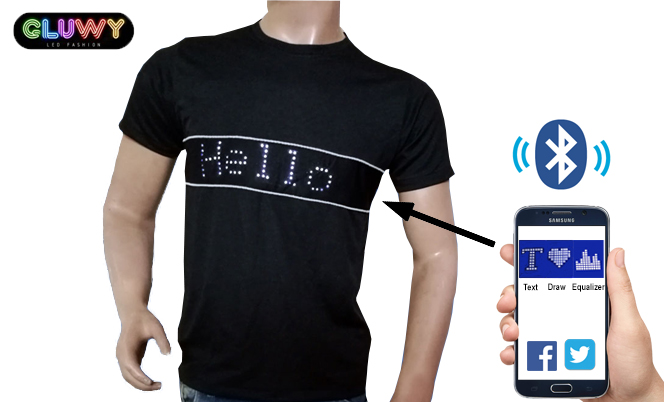
LED panel shirt where texts will be displayed

Circuits can be created on fabric/paper by utilizing copper tape, clear tape, and some simple electronics.
Other online tutorials:
LED panel: https://www.instructables.com/id/PONG-WITH-ARDUINO-ARDUINO-PONG/
LED panel: https://www.instructables.com/id/Make-a-24X6-LED-matrix/
Fabric circuit: https://www.instructables.com/id/Paper-Circuits/
Key milestones:
28 September
- Research on LED panel (Should I acquire a panel by itself, or individually combine it together, like the tutorial above?)
- Find out where to get the materials for the fabric circuit
30 September
- Purchase materials for fabric circuit and led light over the weekend
01 – 05 October
- Draw out sketches for class the following week
- Complete first rough mockups (coding of LED panel to work + fabric circuit)
08 October
- Troubleshoot for LED panel/fabric circuit
- Connecting LED panel with a social media account, to display live tweets/fb statuses
15 October
- Troubleshoot for LED panel + social media account
- Connecting LED panel (with social media account) and the fabric circuit
22 October
- Troubleshoot for LED panel + social media account
- Connecting LED panel (with social media account) and the fabric circuit
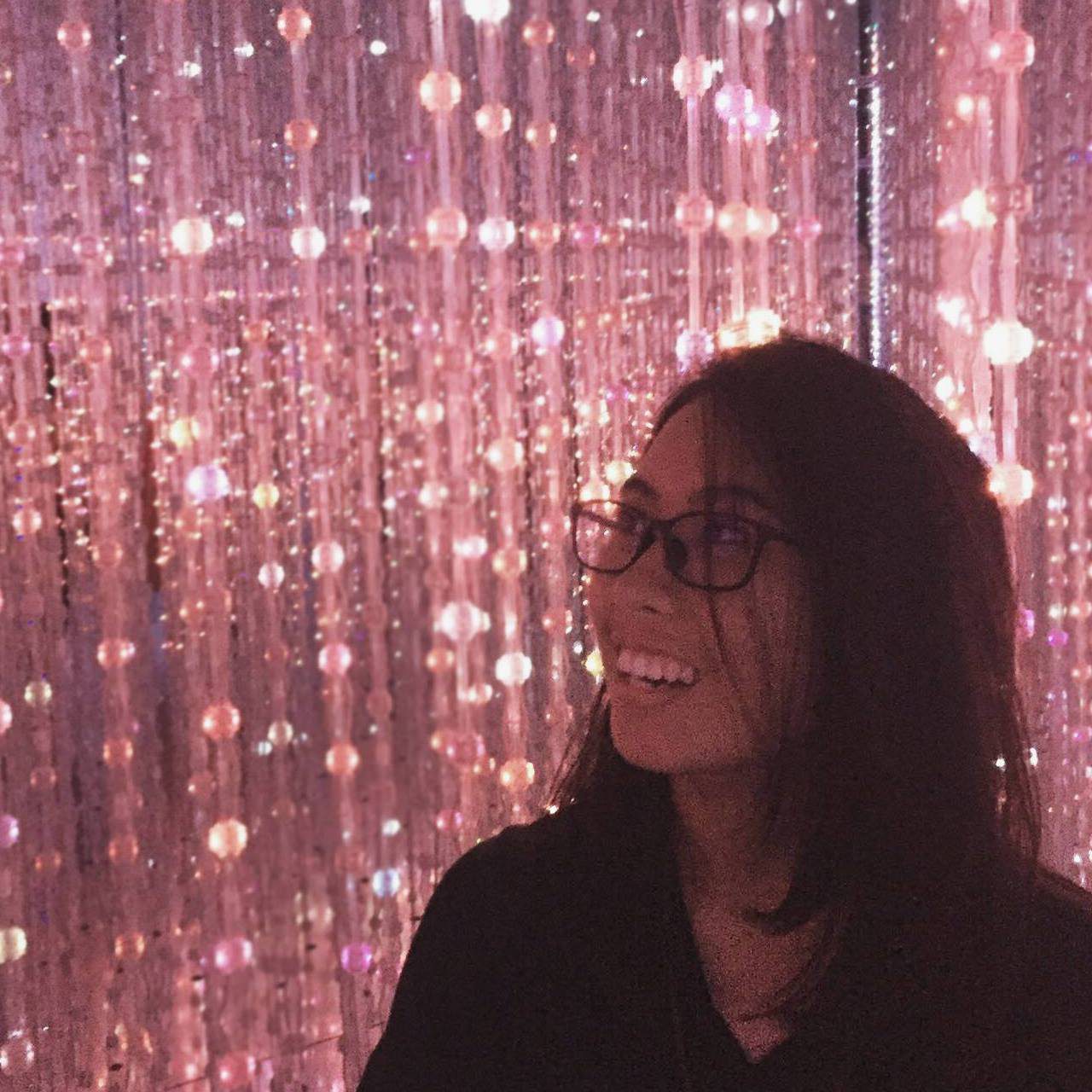
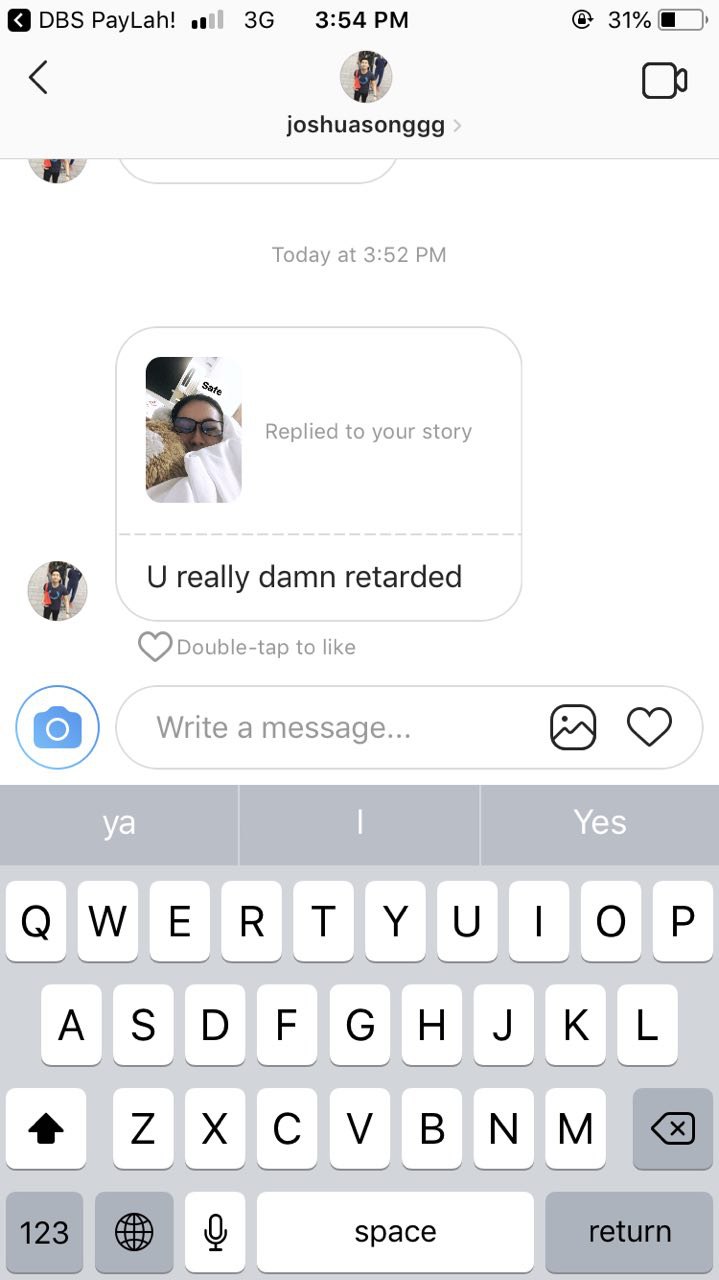
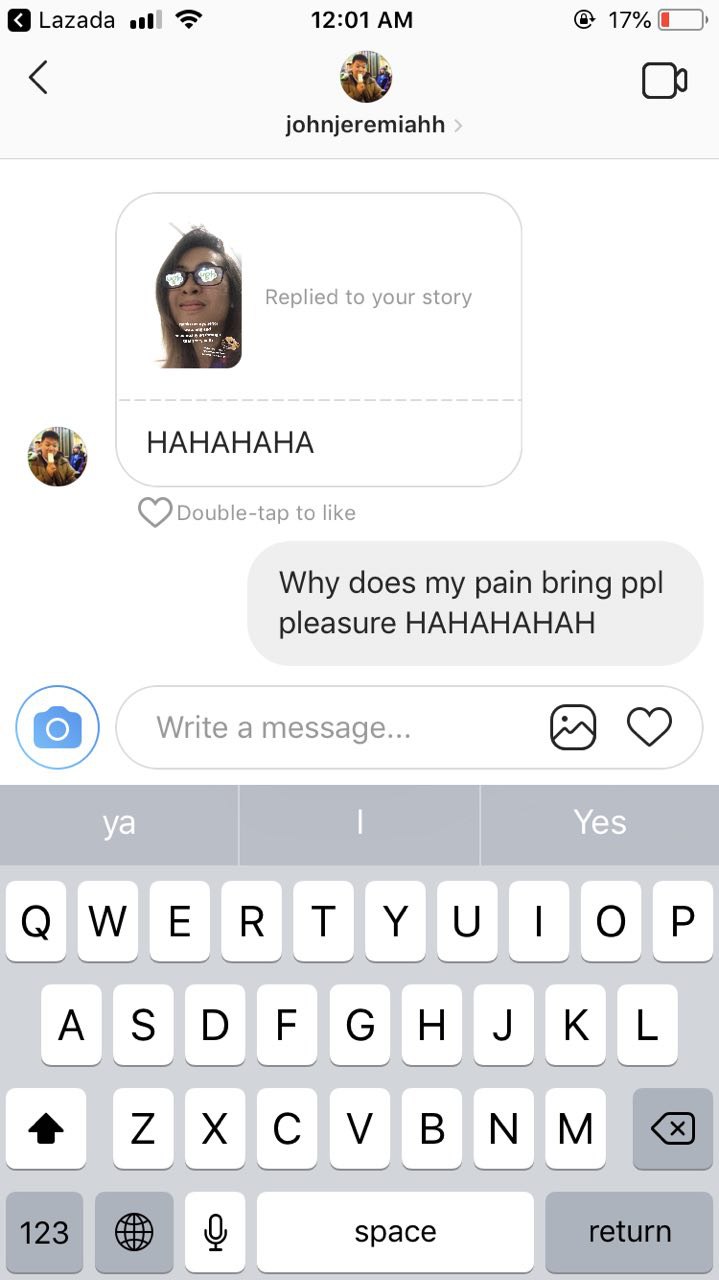
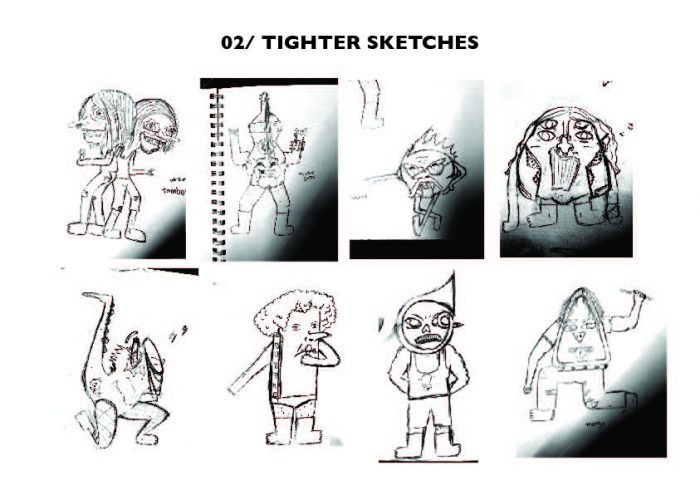

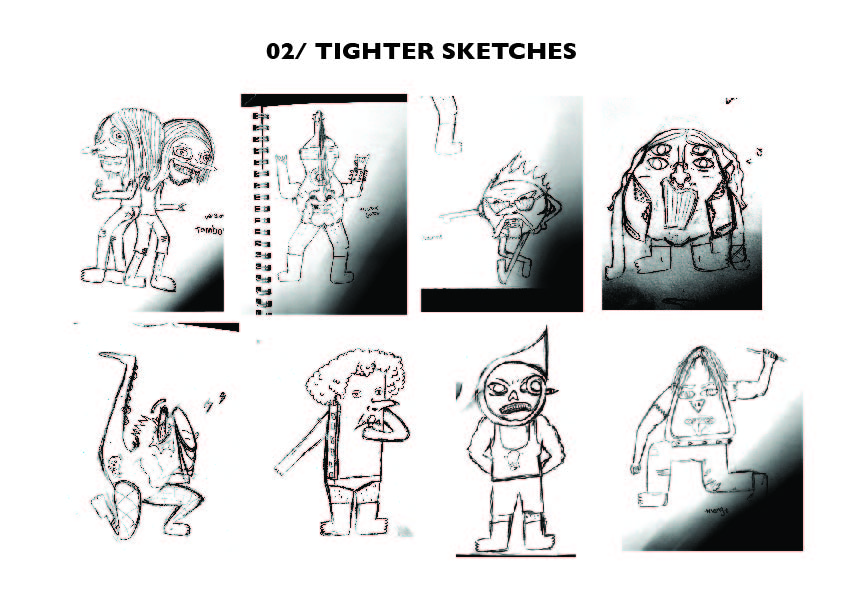
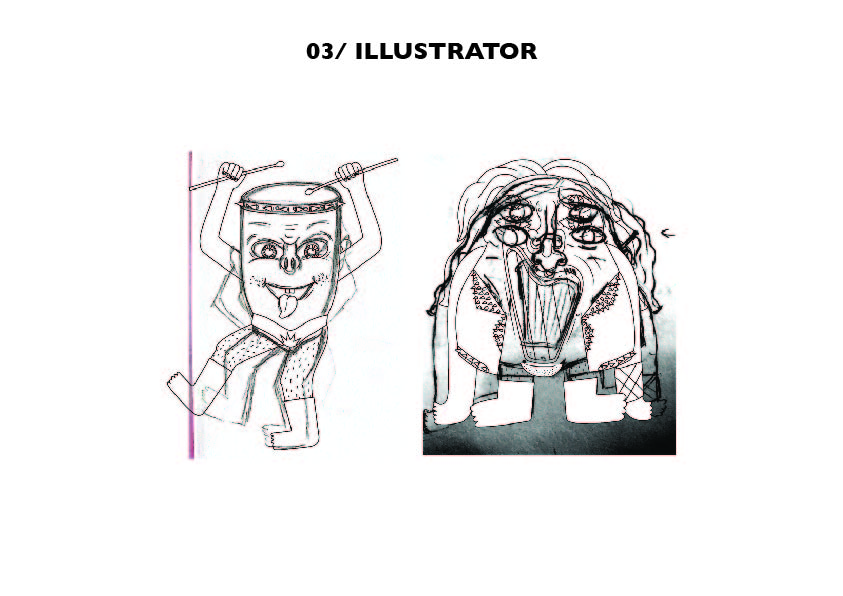

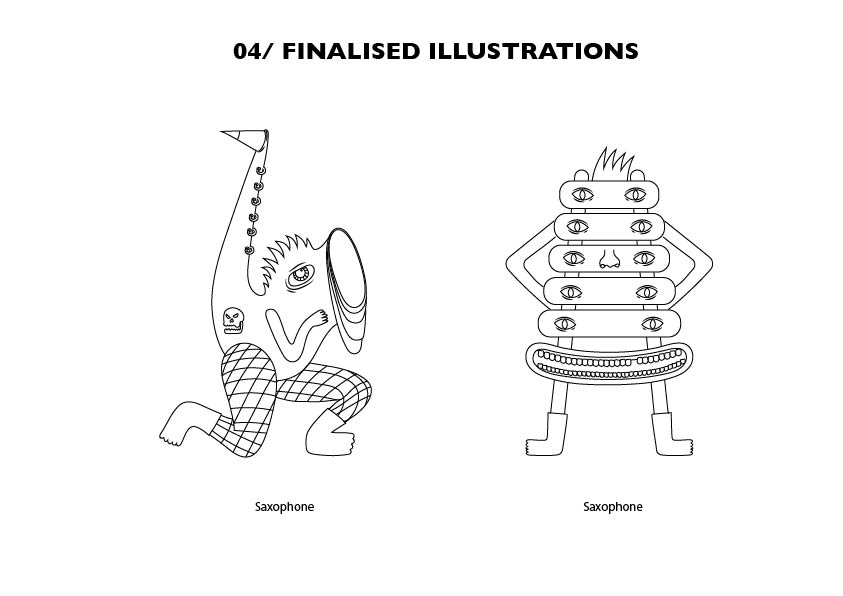
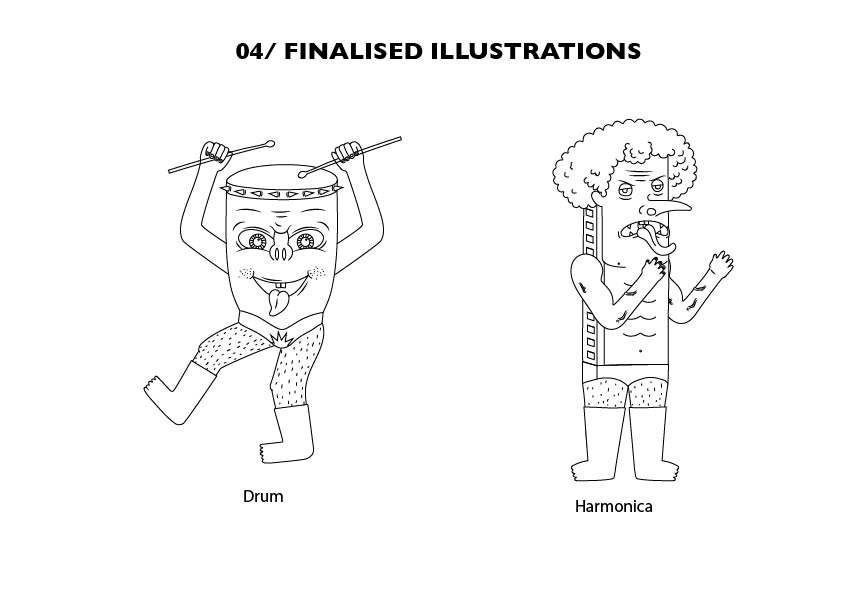
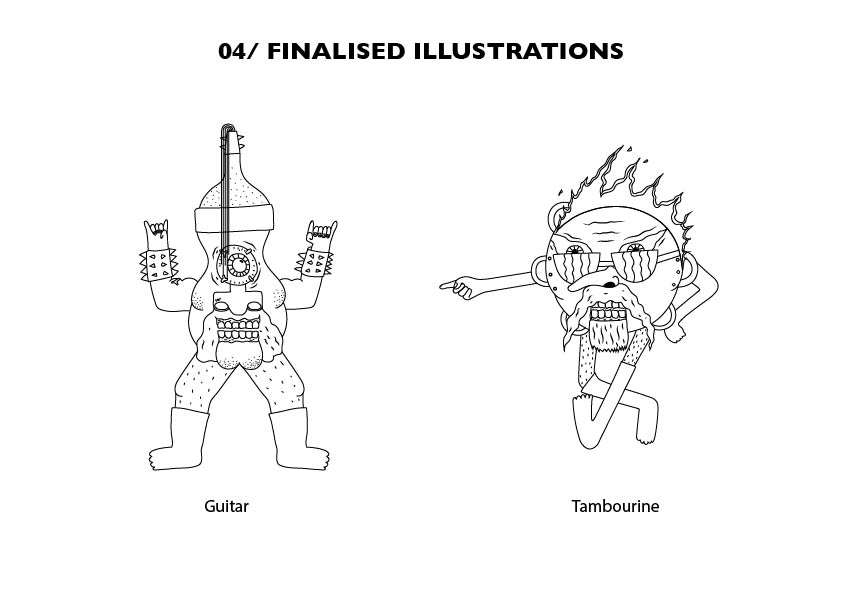
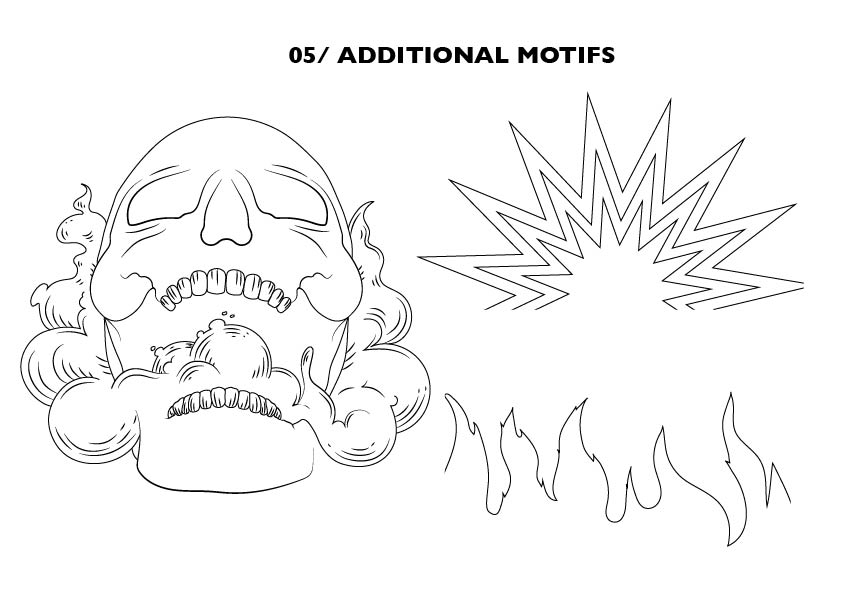

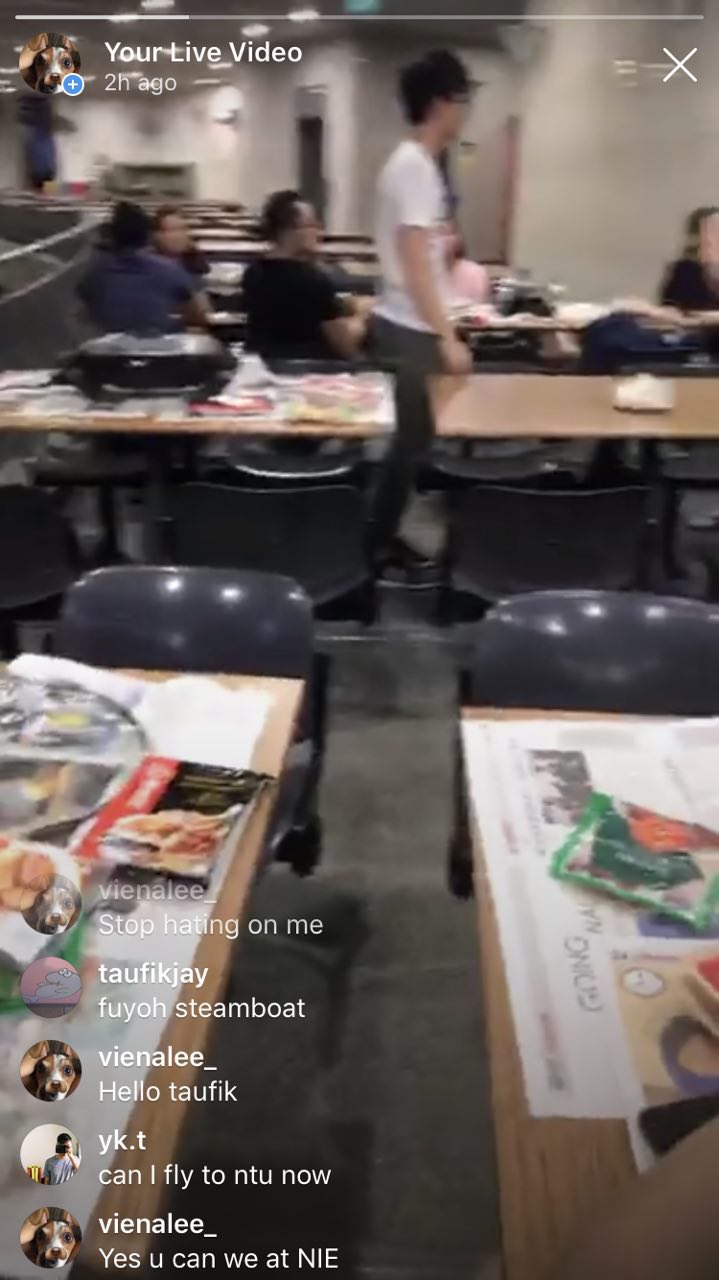
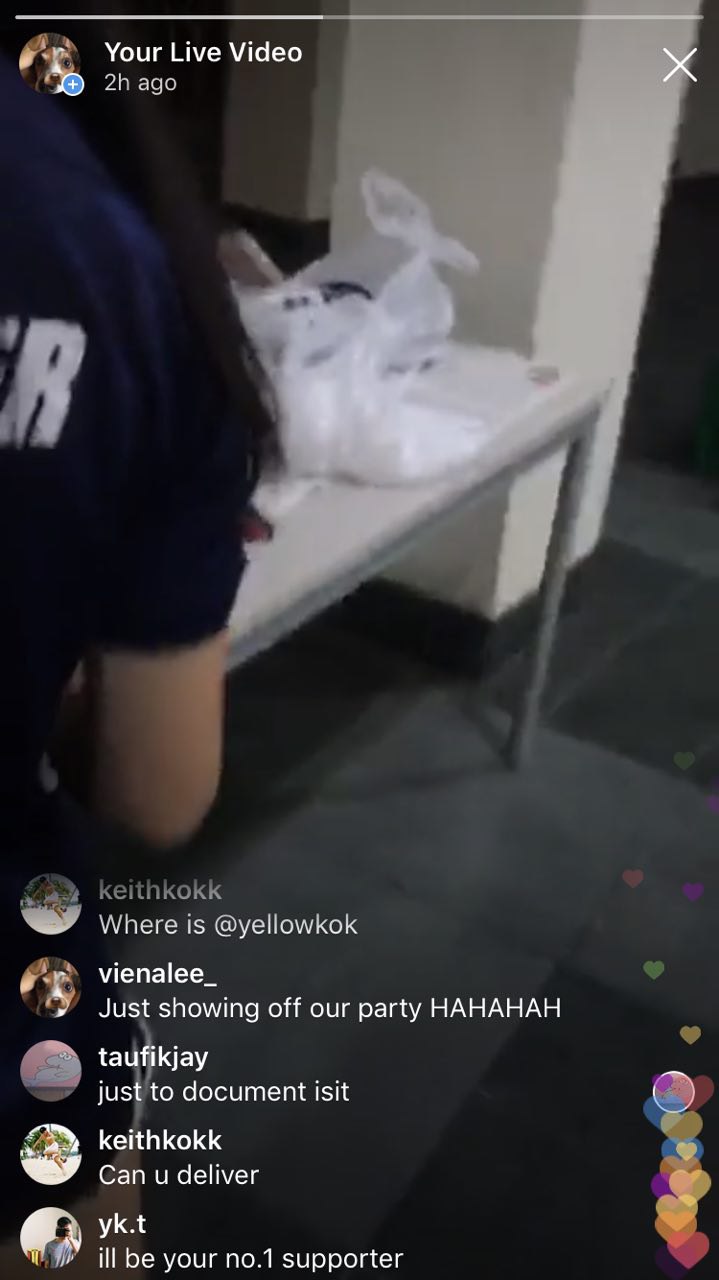



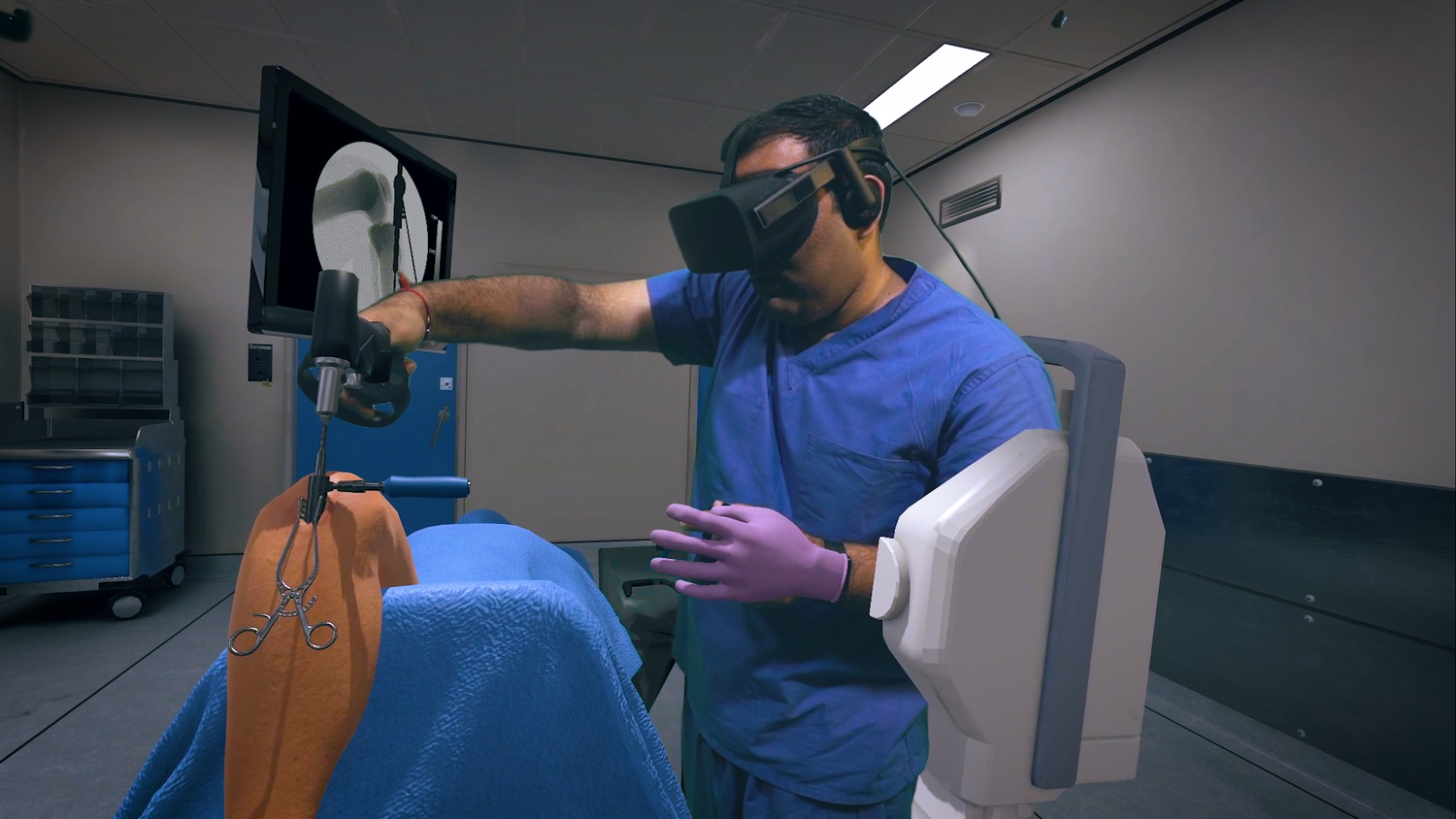
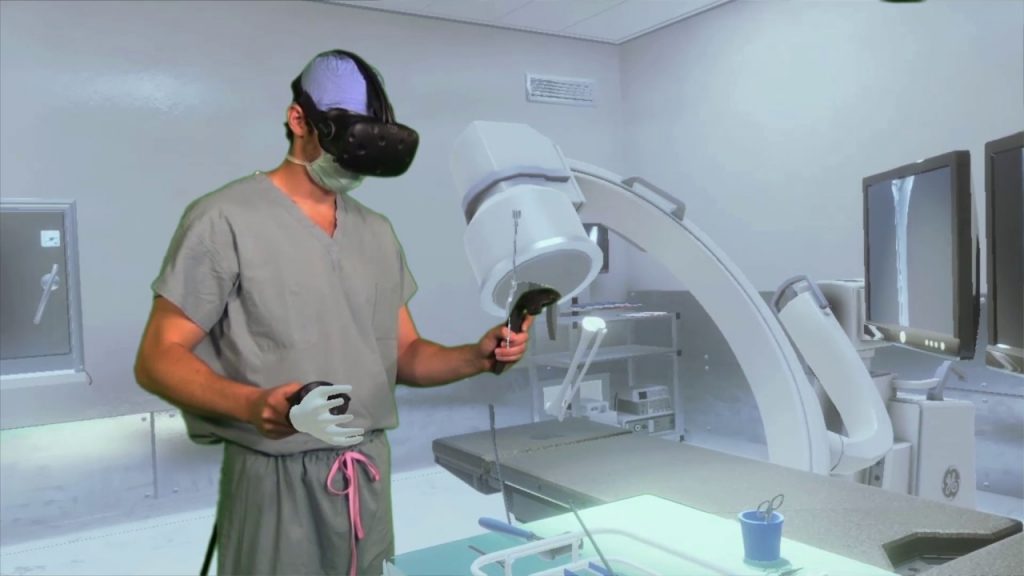

It brings to the question why Abrahams choose to use a kiss as the main element in the performance. A kiss can express sentiments of love, passion, romance, sexual attraction,, sexual arousal, affection, respect, greeting, friendship, peace, and good luck, among many others. A kiss is something that is very intimate, yet, how did you feel when you watch the interaction occur in a third space?